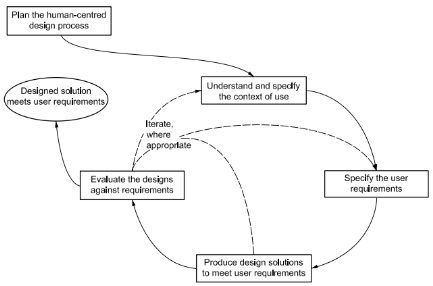Design And Development Of Android Application For Daily Construction Labor Mandor’s With HCD (Human Centered Design) Approach
DOI:
https://doi.org/10.47355/jaset.v3i1.46Keywords:
Construction, Manager, Bookkeeping, Android, Human Centered DesignAbstract
The construction industry is a development sector in Indonesia with a constantly increasing number of projects annually. In the projects, there is usually a construction manager (or 'mandor', in Indonesian) in charge of coordinating daily laborers and responsible for the construction's progress & financial report. These tasks often had problems, such as bookkeeping or managing construction workers. This research aims to develop an Android application for bookkeeping construction projects as a solution for construction managers to manage personal and non-personal resources. The development of this application uses an HCD (Human Centered Design) approach, which consists of 5 steps: user requirements gathering, problem grouping, designing, developing, and testing. The application is tested using the Blackbox and UAT (User Acceptance Test) method, gaining a 91.03% approval response. The research successfully provides an Android-based application that fulfills the needs of construction managers to work efficiently in managing personal and non-personal resources of the construction project.
References
F. Handayani and W. Yuniastuti, Konstruksi Dalam Angka 2021. Jakarta: Badan Pusat Statistik, 2021.
J. K. Tjandra, I. Halim, and P. Nugraha, “Analisa Aspek – Aspek Yang Mempengaruhi Kinerja Mandor,” J. Dimensi Pratama Tek. Sipil, vol. 7, no. 1, 2018.
A. Alfa, “Industri Konstruksi Di Era Industri 4.0,” Selodang Mayang J. Ilm. Badan Perenc. Pembang. Drh. Kabupaten Indragiri Hilir, vol. 4, no. 3, Jan. 2019.
“Indonesia: Smartphone Users 2026,” Statista. https://www.statista.com/statistics/266729/smartphone-users-in-indonesia/ (accessed Jul. 28, 2022).
Stevenson, Android Software Internals Quick Reference A Field Manual and Security Reference Guide to Java-based Android Components, 1st ed. London: Apress, 2021. [Online]. Available: https://doi.org/10.1007/978-1-4842-6914-5
B. W. Soemardi, I. Soenaryo, and E. Wahyudi, “The Role and Function of Mandor in Construction Project Organization in Indonesia,” in Proceedings of the Twelfth East Asia-Pacific Conference on Structural Engineering and Construction (EASEC12), Hong Kong, China: Elsevier Procedia, 2011. doi: 10.1016/j.proeng.2011.07.109.
G. A. Boy, “Human-Centered Design of Complex Systems: An Experience-Based Approach,” Des. Sci., vol. 3, no. 8, 2017, doi: 10.1017/dsj.2017.8.
International Organization for Standardization, ISO 9241-210:2019 Ergonomics of Human-System Interaction — Part 210: Human-Centred Design for Interactive Systems, 1st ed. Geneva: International Organization for Standardization, 2019.
K. Ganesh, S. Mohapatra, S. P. Anbuudayasankar, and P. Sivakumar, “User Acceptance Test,” in Enterprise Resource Planning, 1st ed.Cham, Switzerland: Springer International Publishing, 2014. Accessed: Oct. 31, 2022. [Online]. Available: http://link.springer.com/10.1007/978-3-319-05927-3_9















